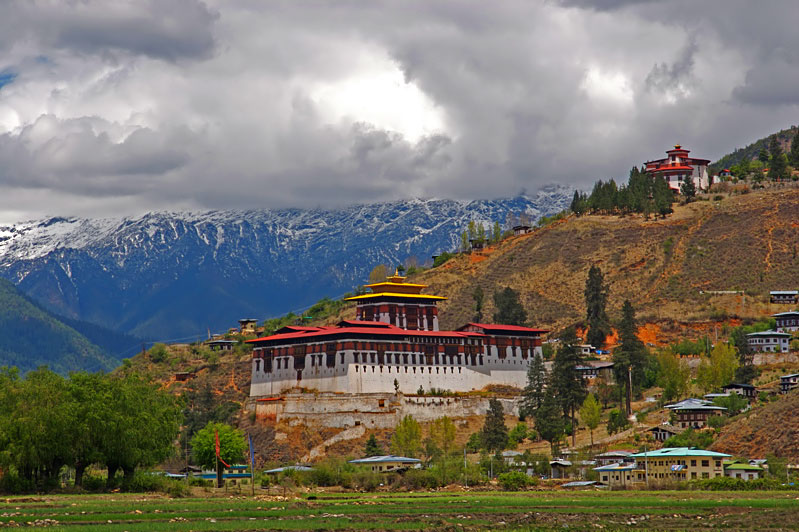ไฟล์:Cloud-hidden, whereabouts unknown (Paro, Bhutan).jpg
Cloud-hidden,_whereabouts_unknown_(Paro,_Bhutan).jpg (799 × 532 พิกเซล, ขนาดไฟล์: 122 กิโลไบต์, ชนิดไมม์: image/jpeg)
ประวัติไฟล์
คลิกวันที่/เวลาเพื่อดูไฟล์ที่ปรากฏในขณะนั้น
| วันที่/เวลา | รูปย่อ | ขนาด | ผู้ใช้ | ความเห็น | |
|---|---|---|---|---|---|
| ปัจจุบัน | 01:54, 1 สิงหาคม 2551 |  | 799 × 532 (122 กิโลไบต์) | Flickr upload bot | Uploaded from http://flickr.com/photo/32856635@N00/2262929973 using Flickr upload bot |
หน้าที่มีภาพนี้
หน้าต่อไปนี้ โยงมาที่ภาพนี้:
การใช้ไฟล์ข้ามโครงการ
วิกิอื่นต่อไปนี้ใช้ไฟล์นี้:
- การใช้บน bcl.wikipedia.org
- การใช้บน be-tarask.wikipedia.org
- การใช้บน bjn.wikipedia.org
- การใช้บน blk.wikipedia.org
- การใช้บน ca.wikipedia.org
- การใช้บน el.wikipedia.org
- การใช้บน en.wikipedia.org
- การใช้บน eo.wikipedia.org
- การใช้บน fi.wikipedia.org
- การใช้บน fo.wikipedia.org
- การใช้บน fr.wikipedia.org
- การใช้บน ha.wikipedia.org
- การใช้บน hu.wikipedia.org
- การใช้บน hy.wikipedia.org
- การใช้บน incubator.wikimedia.org
- การใช้บน io.wikipedia.org
- การใช้บน ja.wikipedia.org
- การใช้บน kn.wikipedia.org
- การใช้บน mk.wikipedia.org
- การใช้บน nl.wikipedia.org
- การใช้บน ru.wikipedia.org
- การใช้บน sl.wikipedia.org
- การใช้บน su.wikipedia.org
- การใช้บน szy.wikipedia.org
- การใช้บน vi.wikipedia.org

